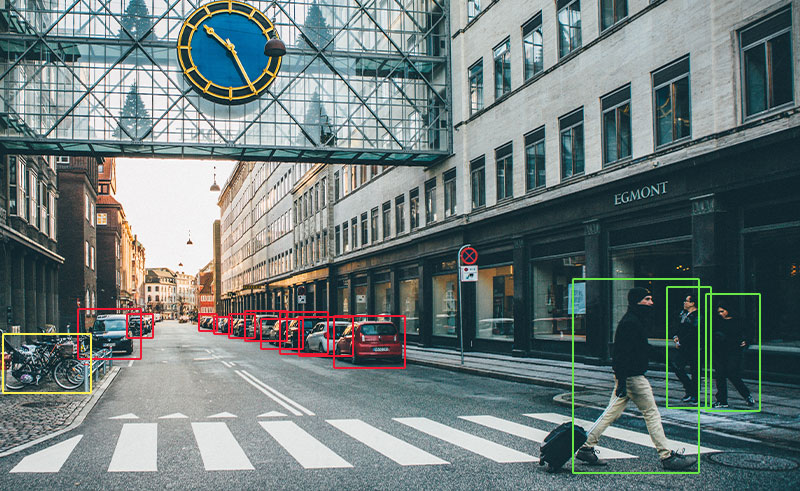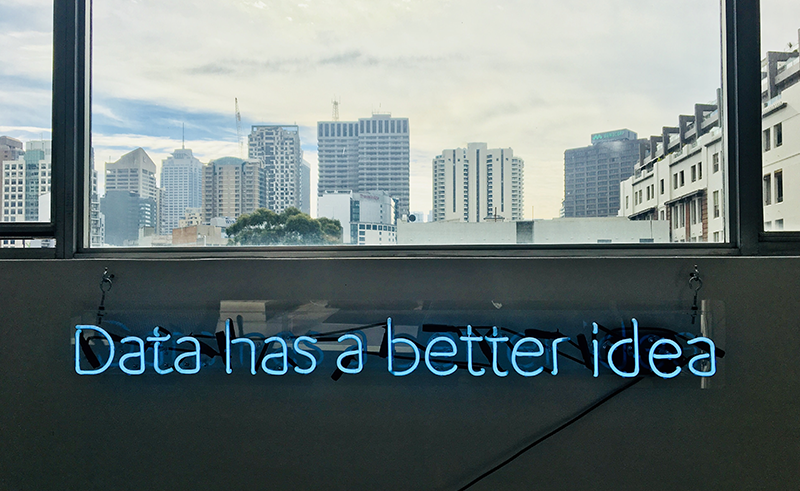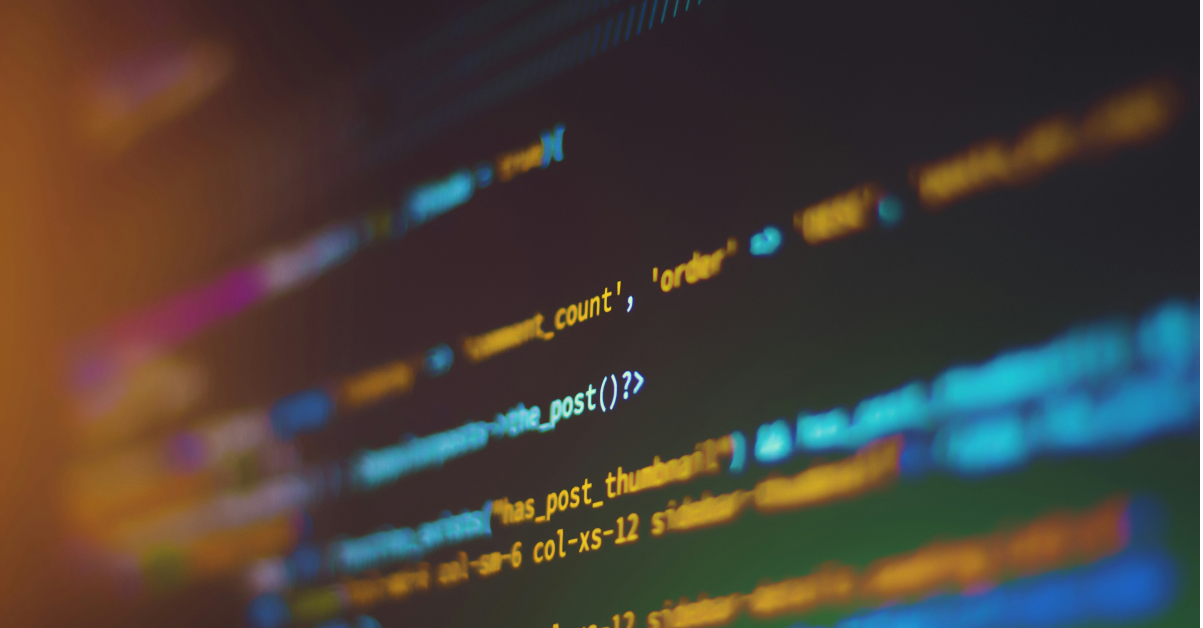With AI, you can solve a wide range of business problems. In this post we will introduce you to some sections which we specialize in, the AI technologies we use, and examples of their business applications.
Computer Vision
Let's start with our obsession - computer vision. Under this term stands the analysis of photos or videos. This range of technology can be used for many different business issues. It can be tracking people moving around in the store, which can be implemented using YOLO (“you only look once”) neural networks or analysis of skin lesions for signs of cancer using a deep learning technique - convolutional networks. If you want to recognize employees by their faces and, based on this, give them for example access to specific places, perhaps the Siamese network derived from convolutional networks is a good solution. Or maybe you are interested in the problem of segmentation. Segmentation is used for example by Teams, Zoom, or Google Meets to identify a person and replace the background with another image or blur it. In your case, it could be detecting interesting objects like cheese in the fridge (catering industry) or remains of a fortified settlement in an aerial photo.

Natural Language Processing
The second specialisation of Numlabs is natural language processing - NLP for short. Be careful, because this acronym also stands for an unrelated "psychological technique" such as neurolinguistic programming, which, despite its name, has nothing to do with AI or computer programming. Classic applications include, for instance:the automatic reading of e-mails and then forwarding them to the relevant departments, or even the generation of automatic answers to typical questions. Another example can be the so-called sentiment analysis - if we receive a lot of opinions from our customers, we will be able to automatically divide them into positive and negative, and group them thematically depending on what they liked or disliked. Together with models such as GPT-2, generating text, like dialogue in a film script, is feasible.
Data Analytics
The last point is data analytics, or "classical" data science. Apart from text data or images, some of which can now be relatively cheaply and accurately analysed thanks to advances in artificial intelligence, there is a whole range of other equally (if not more) useful but not so spectacular data to show. Tables, reports, readings from measuring devices, Google Analytics, websites or logs from applications and devices allow us to catch and predict phenomena, anomalies in user behaviour or analyse the extent of maintenance of machine components. Unlike a typical analyst, a data scientist is also a programmer and has competences related to machine learning. Thanks to this they are able to independently integrate with various data sources, prepare reports and analyses using classical statistical methods as well as artificial intelligence, and even write a service that will automatically repeat the commissioned analyses and integrate them with the software running in the company.

Summary
Finally, it's worth pointing out that often projects require knowledge from several areas. Once, we implemented a smart office system supporting workflow on oil rigs. Thanks to computer vision and deep learning techniques, we were able to read and group text contained in photographs. We then used natural language processing methods to correct potential errors and link data between different documents - for example, an invoice and a delivery note. To do this, we needed an exploratory data analysis to determine the size of the problem and potential solution paths. To sum up, Numlabs specialises in three areas: computer vision, language processing and data analysis using artificial intelligence methods.
Typically, projects are multidisciplinary, which demands that we use expertise in each of these areas.




